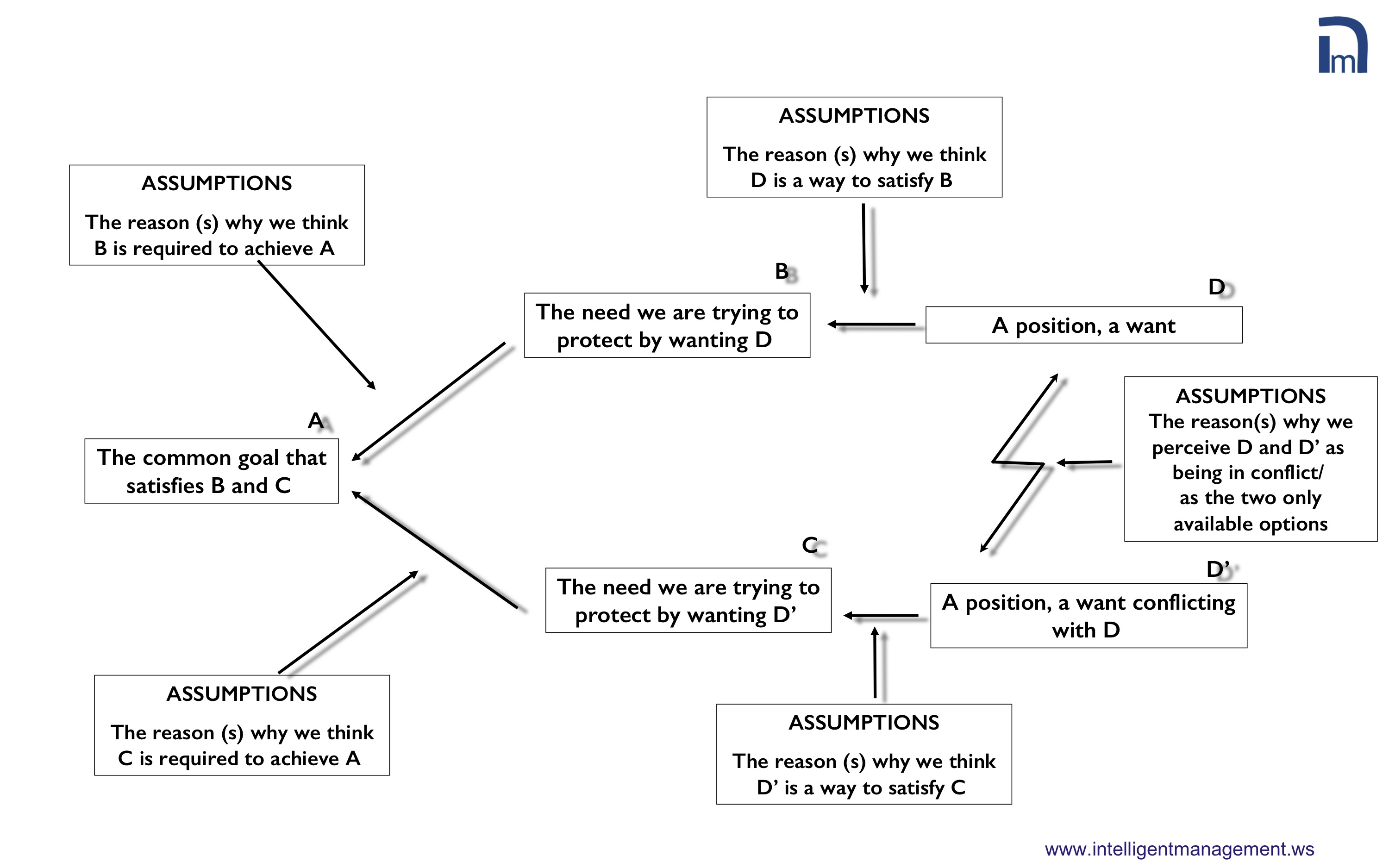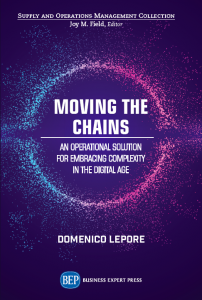
When we published our post about how to take the SWOT analysis to a whole new level we received a lot of attention and some good questions.
One of the best is below:

And here is our reply:
The SWOT analysis can be a helpful brainstorming tool as a first step to understand our current reality. As you rightly point out, the “categories” can overlap. If I may say from the perspective of working with the Theory of Constraints for two decades, the reason for this is that when we list items in the SWOT, we are already making assumptions that need to be challenged. It is not that the material we gather with the SWOT is not valid, but we need to process that material in such a way that we can use it to build a true strategic direction.
We can do this using the Core Conflict Thinking Process that quickly allows us to “photograph” our current reality and then systematically challenge the assumptions (mental models) that are keeping us stuck. This is how we identify breakthrough solutions that become the building blocks of our strategy to achieve a clearly verbalized goal. We have done this dozens of times with leadership teams over the years and it requires effort but the outcome can be truly transformative.
So how do we move from SWOT to Strategy?
First, we have to point out that every human organization, be it a team or a corporation, has two fundamental drivers or needs: one is connected with fear/control and the other is connected with vision/growth. If we do not acknowledge and respect these ever-present and legitimate needs, we cannot build a viable strategy.
How does the Core Conflict help us build a viable strategy?
We start with tangible things that are real and present and hurt us in our current reality and we categorize them as Undesirable Effects (UDEs). The items in the SWOT under “weaknesses” may well be UDEs but only if they are real and present and hurt. Otherwise they are perceived weaknesses that may be assumptions. The items in “threats” may also be UDEs if they are real and present and hurt, otherwise they are perceived threats , i.e. assumptions, so we need to investigate those further, because, as you mentioned, they may not be threats at all.
Using our list of things that are real and present and hurt, we verbalize one, overarching UDE and place it in the diagram as the position D. The reason we put up with this UDE every day is not because we are crazy but because we are trying to protect a need connected with fear or control. Asking ourselves why we accept to live with this UDE prompts us to verbalize this as the need in the B box. Once we have verbalized our current undesirable reality in D, we can verbalize what our desirable reality would look like and then the specific need connected with vision/growth that prompts us to see that reality as desirable.

With the needs clearly verbalized, we can now verbalize a common goal that is realistic because it acknowledges and respects those needs. This is the goal of a robust strategy. So now we have a “snapshot” of our current reality. The next step is to systematically surface all the assumptions (mental models) that underpin this snapshot. This is where other items from our SWOT analysis may will fit in now.
By challenging the assumptions between D and D’, we unveil the building blocks of a robust strategy. These are called “Injections” in TOC and are essentially the various projects necessary to achieve our goal. We can connect these projects together with a logic of sufficiency to build a Future Reality Tree. This is a visual map of how we get to the goal. This is our strategy.
Building a Core Conflict and a Future Reality Tree requires some guidance as skill and experience are needed but it is a transformative and exhilarating exercise.
However, even the best strategy is no good unless we have a way to implement it reliably. For this purpose we can use other Thinking Processes that break the strategy right down into Intermediate Objectives and then into the exact tasks that can then be scheduled in a network of synchronized projects. To make sure these projects are carried out on time and within budget requires finite capacity scheduling and this can be achieved using the Critical Chain method.
Starting off with a SWOT analysis can be useful because it is familiar and therefore comfortable. By processing the results by using the categories of UDEs, conflicting positions, needs, goal and assumptions from the Core Conflict Thinking Process, we can transform the raw material in the SWOT analysis from simple input into real information on which to build a robust strategy.
Schedule an introductory call with us ‘






Leave a Reply